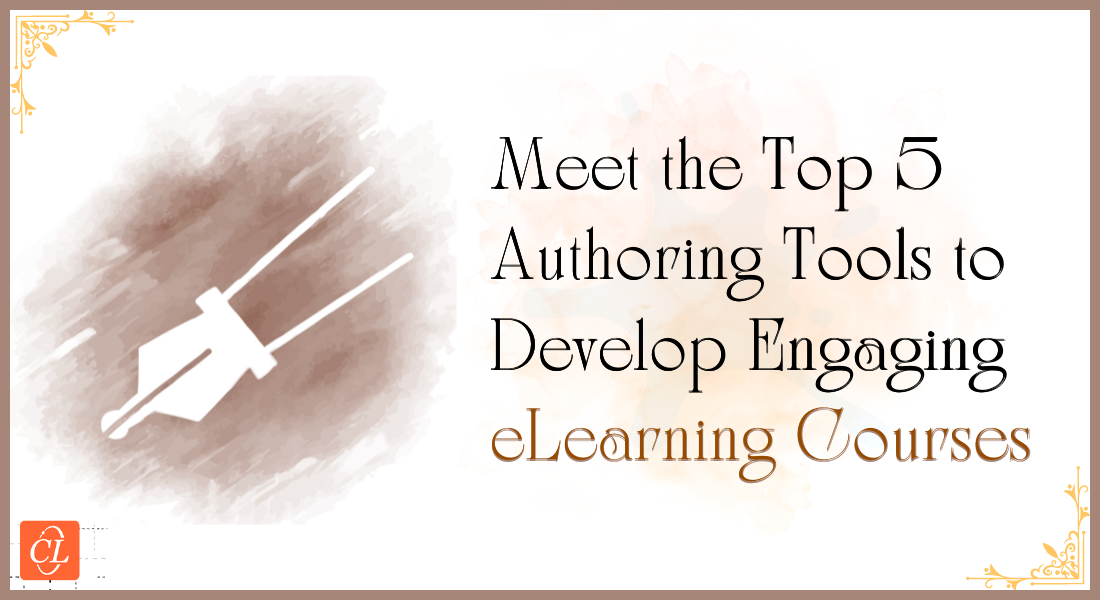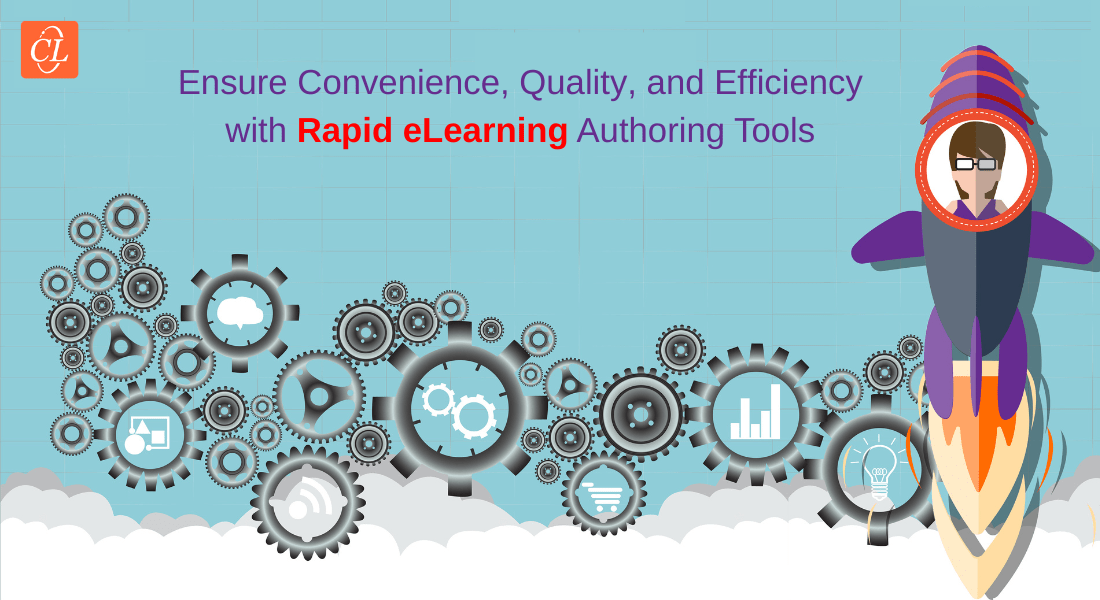5 Instructional Design Essentials for E-learning Courses

Elearning courses are not about just sharing information but enabling employees to apply that information to their jobs. This means that courses should have good content and activities that help learners assimilate the given information and respond to questions posed. Providing feedback to those responses is another key element of instructional design in eLearning courses.
→ Download Now: Instructional Design 101
5 Tips to Design Activities in E-learning Courses
- Integrate activities in the course content
- Enable learners to get a firm grip on content
- Keep in mind the learning outcomes
- Make learning authentic and relevant
- Build on the prior knowledge and experience of learners
In fact, Mr. Thiagi, the well-known training consultant, states that
Effective Learning = Content + (Activity + Feedback)
Quite obviously, if we are going to share chunks of information slide after slide, screen after screen, it will not really help learners understand how the content is going to help them at work. That would be anything but effective learning!
Therefore, courses need to be interspersed with a series of learning activities that help learners retain, remember and recall information at the time of need. They promote active learning instead of making learners passive receptors of knowledge. So, what are these “Learning Activities” that we are talking about?
Learning activities in eLearning courses could be in the form of:
- Quizzes
- Puzzles
- Simulations
- Case Studies
- Scenarios
5 Suggestions to Design Activities in E-learning Courses
What form of learning activity can be used really depends on the content of the course and its objective. However, designing Learning Activities is a creative process and one can get carried away easily. So, how does one ensure that the activities are in line with the objectives of the course? Here are 5 suggestions.
1. Activities need to be well integrated into the course content so that the key learning is emphasized.
Ideally, instructional design principles suggest including a quiz, multiple choice questions or puzzles at the end of a new concept or content that evaluates learner’s comprehension of the knowledge or information shared. These should be evenly spread across the course instead of having a summative assessment at the end of the course.

Instructional Design 101
A Handy Reference Guide for eLearning Designers
- eLearning standards
- Streamlined instructional design process
- Effective assessments
- And More!
2. Activities need to be designed such that they enable learners to get a firm grip on the content.
Activities are neither to entertain learners not to distract them but gently guide them to focus on the essentials in the course. So, when a learner attempts an activity and gets it wrong, he/she understands that the content needs to be reviewed for better understanding.
3. Activities should be designed keeping in mind the learning outcomes.
They should strengthen the critical-thinking and problem-solving ability of learners. Creative activities enable learners to build on their decision-making skills that are relevant to their jobs.
4. Make learning authentic and relevant with real-life examples, scenarios and simulations.
Effective instructional design strategies emphasize applying knowledge in real-life contexts rather than focusing solely on theory. For instance, in compliance training, testing a learner's ability to recall a specific rule has limited value. Instead, presenting scenarios where an employee's actions are evaluated for compliance with regulations helps learners engage with the material meaningfully and reinforces practical application.
5. Build on the prior knowledge and experience of learners.
We know that adult learners come with their own set of experiences and knowledge. Design activities should acknowledge their knowledge. This can be done by sharing case studies with a given problem and getting learners to analyze a problem and offer solutions.
These are some of the guidelines that enable courses to be truly engaging to employees and promote effective learning. If you have others to add to the list, please share them in the space provided below.





